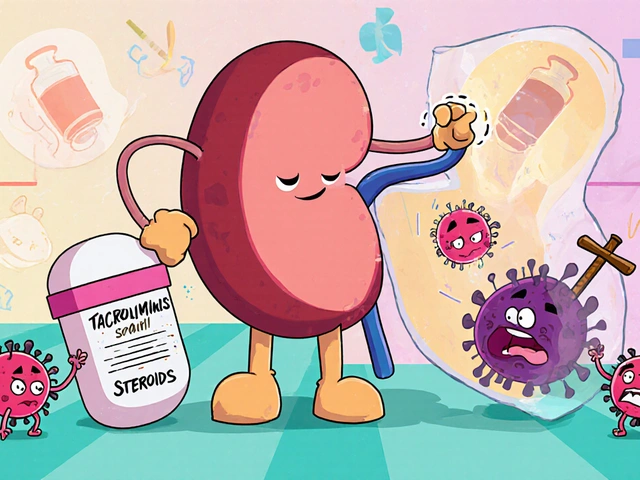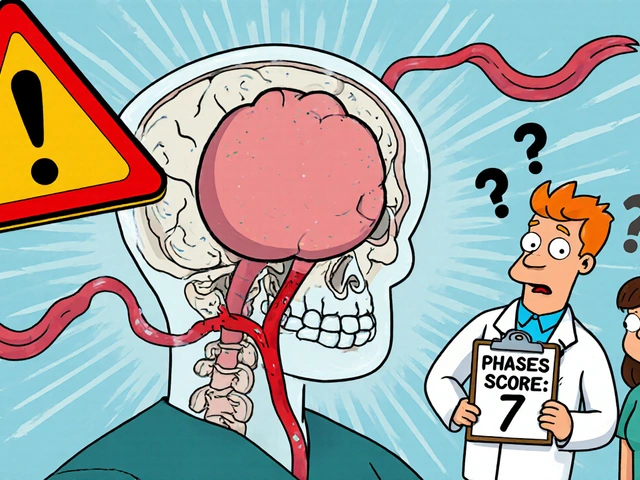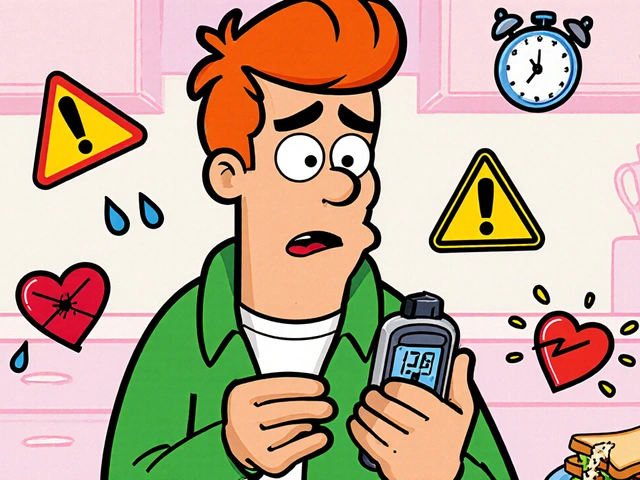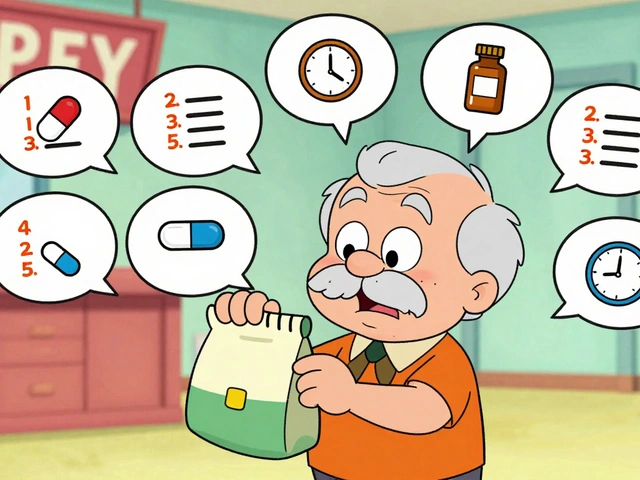Spironolactone: what it does and when people use it
Spironolactone is a potassium-sparing diuretic and an antiandrogen. Doctors prescribe it for high blood pressure, fluid retention (edema), heart failure, hormonal acne, and hirsutism in women. It works by blocking aldosterone in the kidneys and reducing male hormone effects on the skin.
People like it for acne and hair issues because it reduces oil production driven by androgens. For heart failure, a big trial (RALES) showed spironolactone can lower deaths and hospital visits when added to standard therapy.
Practical dosing and what to expect
Doses vary by use. For acne or hirsutism in women the usual range is 50–100 mg daily; many start at 50 mg. For blood pressure or edema, 25–100 mg daily is common. In heart failure low doses like 12.5–25 mg daily are often used, sometimes increased to 50 mg based on response. Start low, expect effects on acne to take 2–3 months.
If you miss a dose, take it when you remember unless it's close to the next one—don't double up. Take with food to reduce stomach upset and help absorption.
Side effects, interactions, and safety tips
The most serious risk is hyperkalemia (high potassium). Check your blood potassium and kidney function before starting, then about a week after the first dose, monthly for the first 1–3 months, and periodically after that. Avoid if you already have high potassium or severe kidney disease.
Common side effects: breast tenderness, irregular periods, dizziness, tiredness, and sometimes lowered libido or erectile issues in men. Men may also notice breast enlargement (gynecomastia) at higher doses.
Watch drug interactions. Combining spironolactone with ACE inhibitors, ARBs, aliskiren, potassium supplements, or salt substitutes can dangerously raise potassium. NSAIDs may blunt its effect and affect kidney function. It can raise lithium levels if you take lithium. Tell your prescriber about all medicines, including OTCs and supplements.
Avoid during pregnancy—spironolactone can affect a male fetus. If you're breastfeeding or planning pregnancy, discuss alternatives with your provider.
Quick checklist before you start: baseline potassium and creatinine, a clear list of current medications, and a plan for follow-up labs. If you notice severe weakness, numbness, fast heartbeat, or fainting, seek medical care—those can be signs of dangerous potassium changes.
Spironolactone is useful for several conditions, but it needs simple monitoring and a few precautions. Talk with your clinician about the right dose and follow-up plan for your situation.





